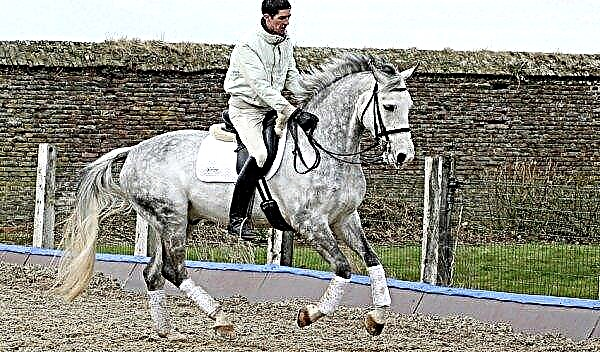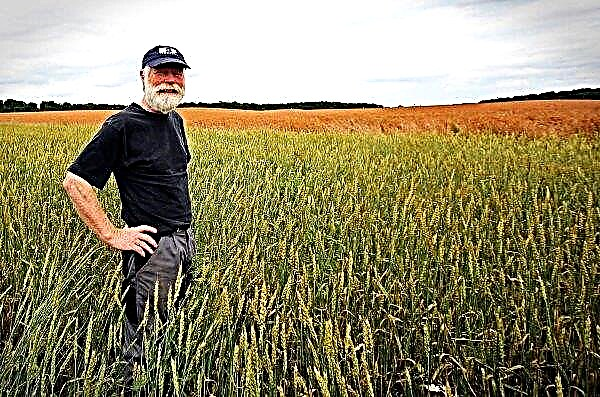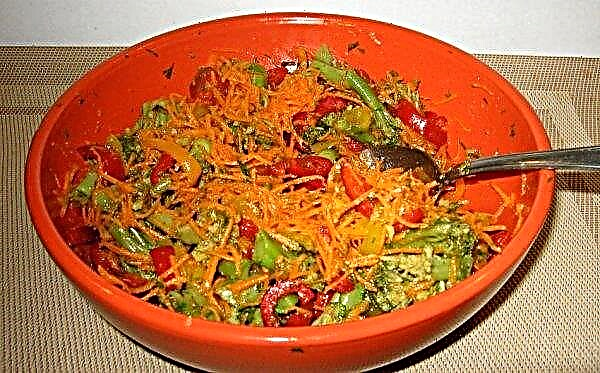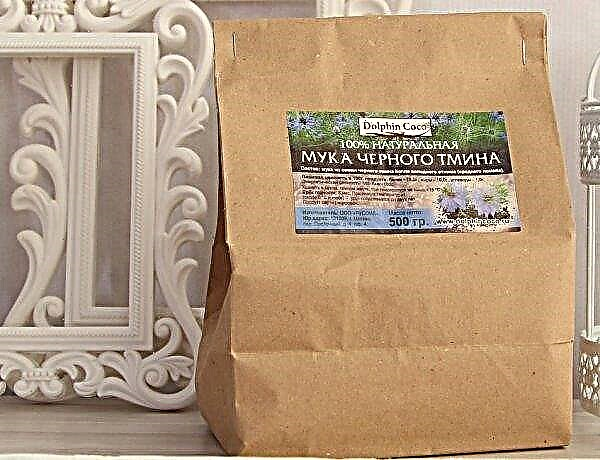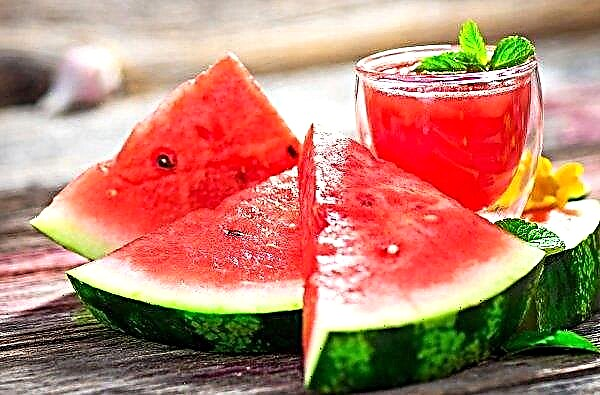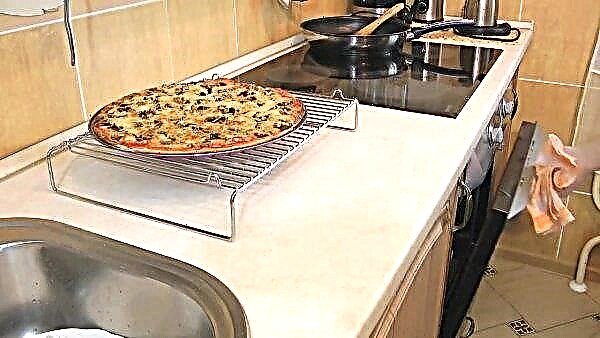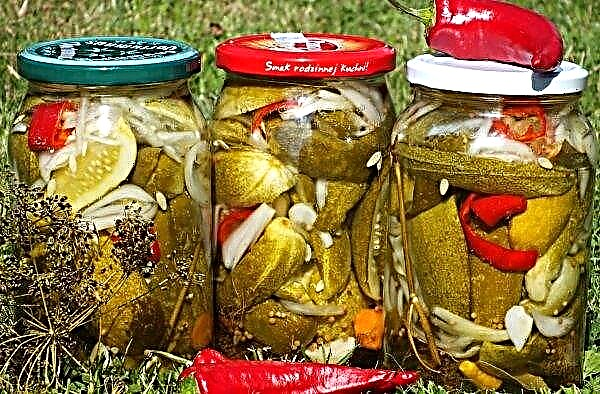Breeds of sheep of the woolen direction are becoming less popular for various reasons. This served as an impetus for the development of new breeds of meat type on their basis. One of these is the Katumskaya sheep breed. What kind of animals are these, how to breed and keep them - read about it in the review.
Breed history
Obtained by crossing the Romanovskaya coarse-haired sheep with the American meat breed Katadin in 2013 in the Katumsky district of the Leningrad region. This is not a breed yet, but a small breed group. Breeders are still working on obtaining sustainable breed traits.
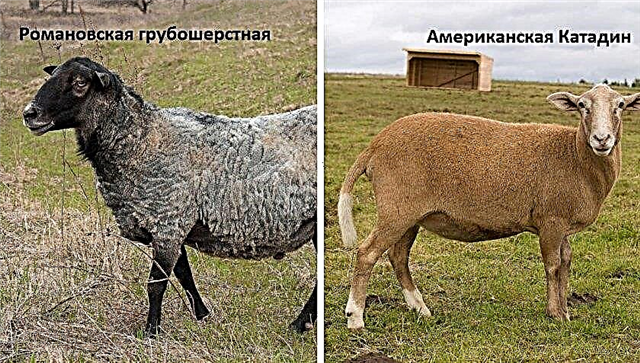
The motive for selection was the fall in demand for sheep skins from the textile and footwear industries. Cultivating sheep of a woolen direction for meat is unprofitable due to the fact that animals put their energy into building fur coats without adding muscle mass.
Characteristics
Katumsky sheep are hardy, easily adaptable animals that do not require much attention to themselves. The breed belongs to the meat type. It has a strong constitution, developed muscles and a strong skeleton.
They give a good offspring and lean meaty carcasses, almost free of fat. Females have a good maternal instinct. Lambs are born energetic and healthy. Animals perfectly tolerate any climatic conditions and are suitable for grazing on any type of pasture.
Did you know? People tamed sheep about 8,000 years ago. Now in the world there are about 1 billion individuals belonging to more than 200 breeds.
Katumsky sheep are obedient, so they are easy to handle. They have a moderate herd instinct. The breed is perfectly adapted to cold weather. Tolerant to internal and external parasites. If timely prophylaxis is carried out, then animals require minimal treatment for parasites.
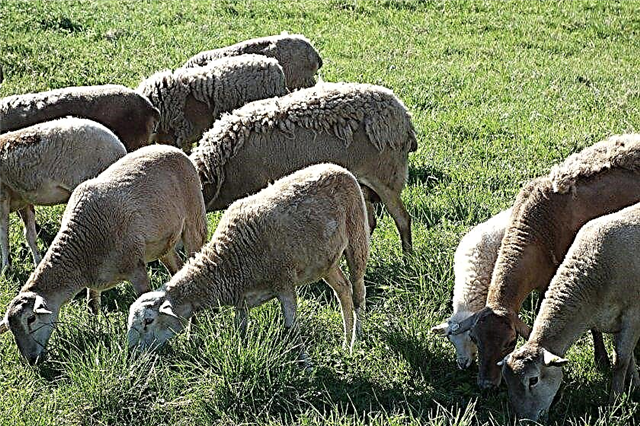
One of the parent breeds - Catadine - refers to a purely meat type. The amount of hair on these animals is such that it does not need to pay much attention. Romanov sheep, by contrast, are purely woolly.
Farmers-breeders seek to fix the following characteristics in the breed group:
- wool at the usual level for wild animals: there is no need to cut them;
- copious offspring;
- rapid increase in muscle mass;
- high taste qualities of meat;
- ability to kids year-round.
Important! According to the description of the tasters, the taste of sheep’s meat is similar to veal. It practically does not contain fat and has no specific smell.
Appearance and description
Smooth meat Katumsky sheep are characterized by the following features:
| weight | ram - up to 110 kg, sheep - up to 80 kg |
| wool | short, soft |
| color | piebald, fawn, light red |
| disease resistance | high |
| offspring | 2-3 lamb per lamb |
| life span | up to 10 years |
| reproductive ability | from 6-7 months and throughout life |
| character | flexible |
Katumsk sheep quickly gain weight. So, a monthly lamb weighs 12–15 kg, and an 8-month-old lamb weighs 65–70 kg. The breed is very viable. In winter it can live under a canopy, protected from rain.
Wool consists of coarse outer hair and undercoat of fine wool fibers. With a cooling, the undercoat increases, and when spring comes, the animals drop it, leaving a short and smooth summer coat. The breed does not need a haircut. And since the coat is smooth, animals tolerate a humid climate.
Performance
Sheep and sheep show early puberty. They, as a rule, retain the ability to reproduce offspring for a long time. In mature larvae, 2-3 lamb per lamb is usually born. Sheep are capable of producing offspring year-round and are quite active producers.
Did you know? Sheep can not only recognize up to 50 relatives, but also remember them for 2 years. In addition, they recognize faces well.
Bright is a strong maternal instinct. They can look after offspring without human help. In addition, they have enough milk for the lambs to quickly gain weight. Lamb is a high-quality, muscular carcass, lean with a very mild flavor. They are in demand in various ages and weight categories, due to lean meat.
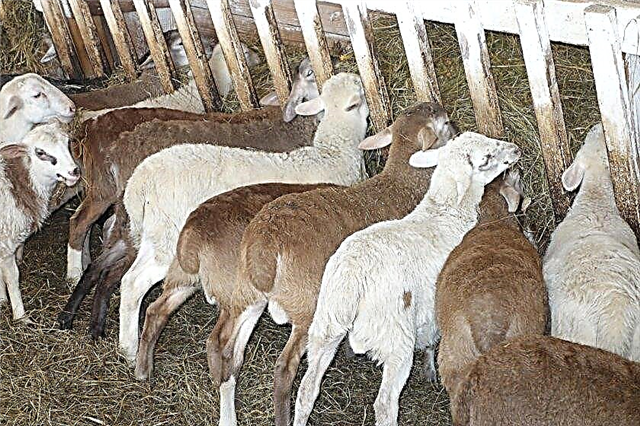
Advantages and disadvantages of the breed
- Advantages of the breed:
- excellent taste characteristics of meat;
- lack of fat and specific taste in it;
- fast weight gain;
- multiplicity of sheep;
- disease resistance;
- good adaptation to climatic conditions.
Important! Katumsky sheep are not too demanding on food, and also very economical. If you have warm drinkers in the cold season, you can reduce feed consumption by 30%.
Care
These are wonderful animals with an average life expectancy of 8–10 years. With good care, they can live longer. The breed adapts perfectly to any climate.
Caring for animals involves:
- habitat organization;
- providing grazing;
- disease prevention;
- nutrition.
Conditions of detention
First of all, you must provide shelter from rain and snow for the winter. For this, a canopy or stable is suitable. The canopy allows the animals to shelter from the weather. The stable with stalls is good for sheep with offspring. For this breed, it is desirable, but not required.
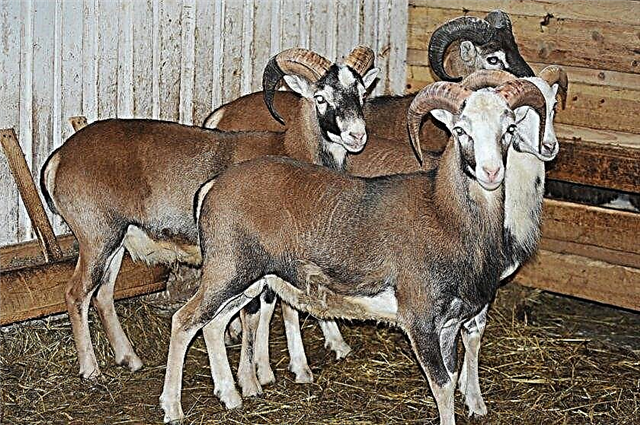
Sheep love to graze, so they definitely need pasture. Make sure that the size of the territory is sufficient to feed the number of animals that you decide to get. In the rainy season, 1 ha of the territory can feed more ruminants than during the drought period.
Grazing animals can eat any grass, but it would be better if it is clover and other meadow grasses. For keeping in the pasture you will need a fence. It can be a fence up to 1.5 m high. It will protect animals from predators.
Feeding
In addition to pasture with grass, you need to provide animals with high-quality feed, because the pasture can not always feed the sheep all year round. The amount of hay needed will depend on the quality and quantity of grass. Usually a sheep with a live weight of 45 kg eats about 500 g of hay. Hay, as a rule, is cut, dried and steamed. Clover and alfalfa are very beneficial for sheep and more nutritious than other herbs.
Important! Never store food for more than one month. This can lead to mold and poisoning of animals.
Try to avoid overfeeding. Cereals are not very good for these animals. But if you think it is necessary, try to buy compound feed designed specifically for them.
Animals also need salt. Place the lick salt in the pen where they will be in the pasture. Along with providing quality food, they also need constant access to water. They can consume it during the day as needed.
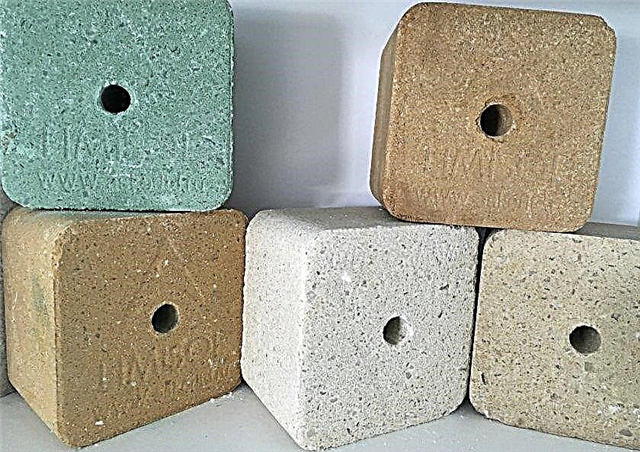 Pressed into blocks of feed salt is convenient in that the animals themselves determine their own need, lick the lick just as much as they need. Salt is vital for animals as well as humans. In the wild, they lick the protruding salt on the stones. Feed salt is also used as a means of preventing disease in young animals.
Pressed into blocks of feed salt is convenient in that the animals themselves determine their own need, lick the lick just as much as they need. Salt is vital for animals as well as humans. In the wild, they lick the protruding salt on the stones. Feed salt is also used as a means of preventing disease in young animals.
Disease treatment and prevention
Inspect the sheep periodically. If you notice something unusual, try to consult a doctor. Pay attention to the health of your animals. Nasal discharge is the first sign of a respiratory infection.
Check the condition of the coat for external parasites. Check stool for helminths. Use an anthelmintic according to the schedule determined by the veterinarian. Be sure to vaccinate against infectious diseases. This will help keep the herd healthy. Major vaccines: against enterotoxemia and tetanus.
The main diseases:
- Enterotoxemia type C, also called hemorrhagic enteritis, affects lambs mainly during the first few weeks of life, causing an infection in the small intestine. The disease is associated with the transition from breast milk to other types of feed. The only way to protect against the disease is vaccination.
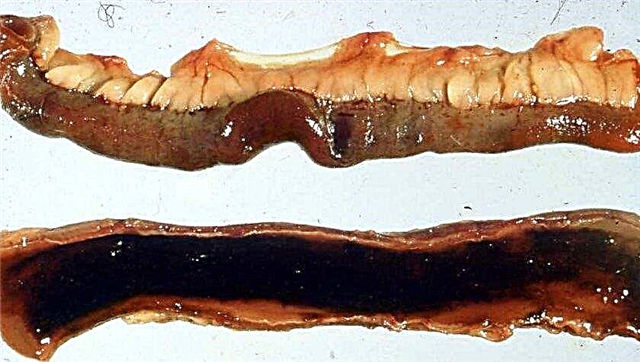
- Tetanusis also easily prevented by vaccination. Antitoxin provides immediate short-term immunity. It must be administered 10-14 days before castration or another similar event to form complete immunity.

Breeding
Pure breeding is the mating of sheep and sheep of the same breed or type. A purebred herd is better managed and provides excellent offspring genetics. Since the pedigree characters of the Katunsky sheep are not sufficiently fixed, this is the only suitable type of reproduction for them.
Sheeps are ready for mating just 7 months after birth. An accident can occur on grazing in natural conditions or in a special pen. The female will bear the offspring for about 5 months. These sheep give birth easily, without complications, and produce strong viable offspring.
Did you know? Researchers at the University of Cambridge found that sheep prefer to go through the doors with a picture of a smiling man above the door than with a picture of an evil man.
Breeding area
Sheep breeding of this breed is carried out in several areas of the Leningrad region: Priozersky, Boksitogorsk, Vsevolzhsky. The owner of the breeding stock is the “Katumy” breeding farm.
 Remember that this is not a stable breed yet, but a group whose breed characteristics are in the process of consolidation.
Remember that this is not a stable breed yet, but a group whose breed characteristics are in the process of consolidation.
If you are interested in Katumsky sheep, you can always get them from the owner company. Of the undoubted advantages, it is worth noting that this is almost the only meat breed, the meat of which does not contain fat and has excellent taste characteristics.



